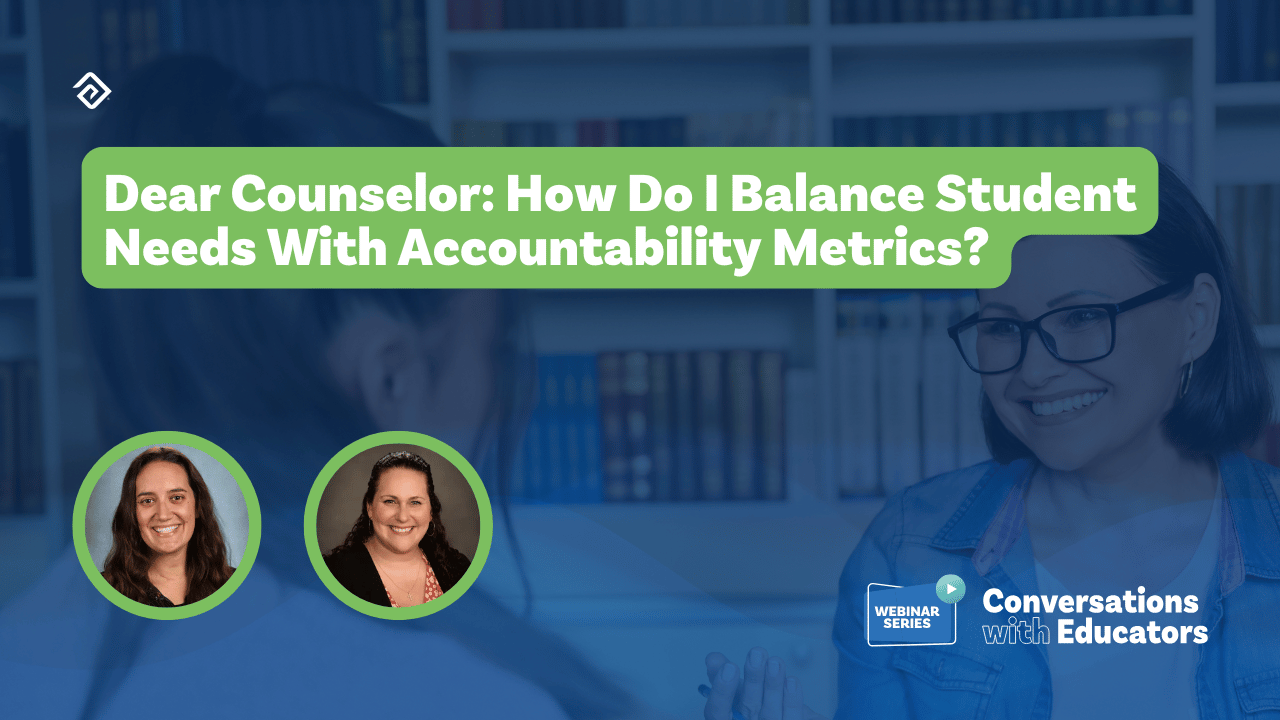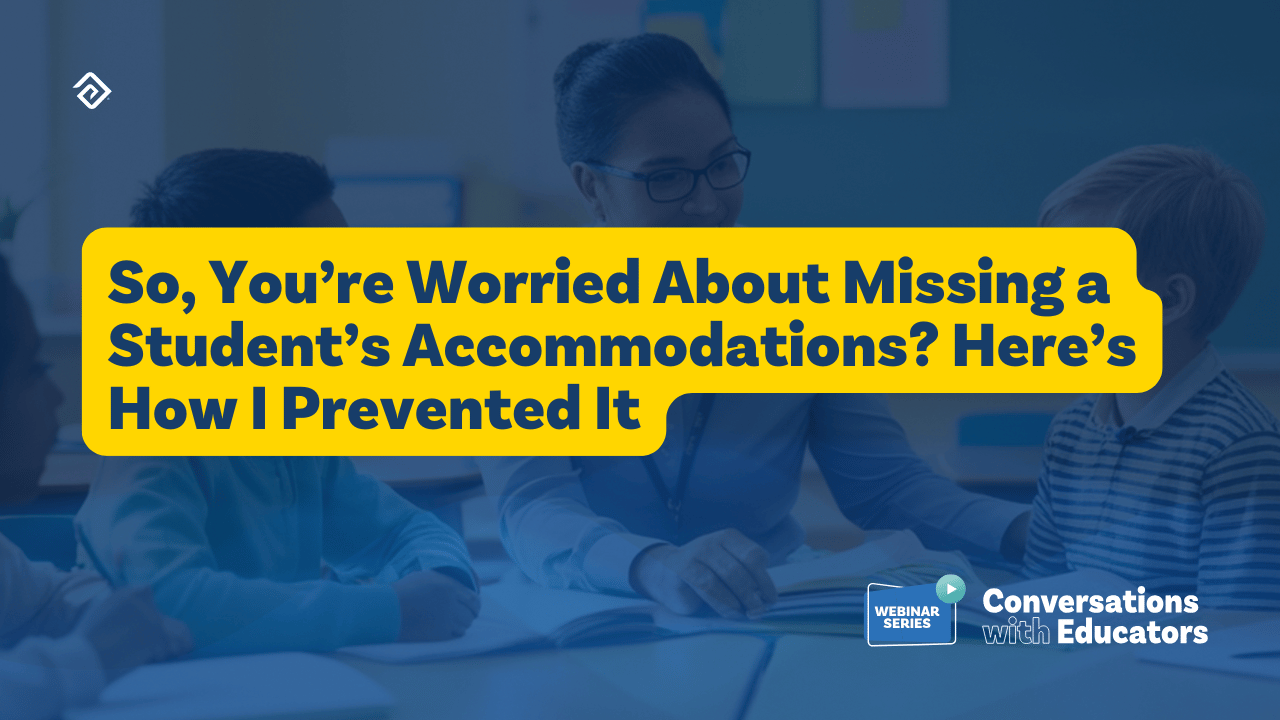Career Exploration for High School Students

Career exploration for high school students is a complex process that needs careful planning and support from various people in their lives, including teachers, administrators, school counselors, and families. As a professional school counselor, you can help students find the right path by focusing on their skills and interests. By aligning career exploration with students' needs and conducting thoughtful research, you can make their career journey smoother and more successful.
Why Guided Career Exploration Matters
Recent economic changes and workforce challenges have redefined the concept of careers. While students might see jobs and careers as the same, they’re quite different. A career is a long-term professional journey that offers fulfillment and purpose, whereas jobs are often short-term roles providing temporary income to sustain a lifestyle. High school graduates may not yet have the industry knowledge needed to differentiate between a job and a lasting career.

Students might have specific job aspirations, like becoming a vet or a nurse, but they might not fully understand the steps and challenges involved.
A guided career exploration process helps young adults approach their dream careers with more clarity. As a certified school counselor, you can make a significant impact by planning purposeful career exploration opportunities using various tools and methodologies. A structured approach supports every high schooler as they identify job criteria and prepare effectively.
Guided exploration also reduces stress, allowing students to weigh potential careers without distractions. Effective exploration starts with encouraging introspection (internal thought), such as through journaling and class discussions. These activities not only help students reflect but also foster positive lifelong habits, like a growth mindset and open expression.
Empower Students With 7 Guided Career Exploration Strategies
Self-reflection is the golden compass that helps students assess the career path ahead. Students know best about their interests and purposes. The main challenge lies in rallying their career dreams into practical action. You can guide them toward the most suitable pathway by addressing their skills and interests, which influence their drive and engagement.
1. Encourage Self-Reflection in Students
Self-reflection is the golden compass that helps students navigate their career opportunities. The main challenge lies in rallying their career goals into practical action. You can support them in finding the right direction by focusing on their skills and interests, which are key to maintaining their motivation and engagement.
2. Recognize Core Skills
Identifying your student’s skill sets can lead them to suitable job options. Fundamental hard skills might include drawing or proficiency in foreign languages, while essential soft skills such as critical thinking, time management, teamwork, and digital literacy are valuable across many fields. As a school counselor, emphasizing students' strengths allows for meaningful conversations that can guide them toward their path to success.
3. Identify Interests
Your student’s interests and personality also play a significant role in their career pathway. For instance, students who are passionate about sports and socializing might explore careers in sports psychology, while those who enjoy art and technology could consider roles in graphic design. It’s important to discuss different careers with students to keep their options open. Additionally, consult multiple sources to get an accurate picture of your high school student’s passions.
Reliable sources for assessing high schooler interests include:
- Classroom observations: Note how students behave, make decisions, and contribute during lessons.
- Extracurricular activities: Consider the clubs, groups, and hobbies they participate in.
- Online practices: Observe their expression and communication on school-based social networks, such as online forums and classroom discussions.
Your student will likely find many jobs that align with their skills and interests. Therefore, it’s essential to narrow down the options before delving into the specifics of each role. Keep in mind that skills and interests may not always lead directly to practical career opportunities. The next step in career exploration is to match these skills and interests with viable paid positions.
4. Align Skills and Interests
Well-structured career interest surveys can help clarify a student's career goals. These surveys typically ask about personal preferences, such as favorite work environments, skills, and hobbies. Based on their answers, the survey generates recommended career pathways or job clusters.
Job clusters help young adults explore a range of roles with similar requirements, skills, and practices. For instance, a healthcare career cluster might include nursing and pharmacy roles. While job clusters can highlight industry opportunities and necessary qualifications, having too many options can be overwhelming. It's helpful to narrow the results to four to five roles before diving into more detailed research.
5. Perform Relevant Research
Once you’ve narrowed down your student’s career options, it’s time to dive into the technical details. Recommending professional sites can provide your students with relevant and accurate industry information. Two comprehensive career exploration resources to consider are the Occupational Outlook Handbook and Career Key.
These career guide sites offer valuable insights that prepare candidates for specific roles and standards. By exploring these sites and conducting thorough research, you can gather information on the following areas:
- Industry wages, pay scales, and employee benefits
- Career stability based on market forecasts and workplace surveys
- Daily activities, skills, and physical demands associated with the job
- Required formal education and training certificates
It’s also important to discuss the time and expenses associated with each career path. Understanding these practical aspects helps avoid surprises and improves financial preparedness. For example, becoming a doctor in the United States typically requires eight years of study — four years for an undergraduate degree and four years of medical school, with annual tuition of around $48,000.
Consider inviting your student’s family to discuss long-term financial planning. This can help integrate student loan calculations and direct families to valuable resources. Relevant research enhances your student’s career awareness, leading to better decision-making and job prospects.
6. Encourage Hands-on Learning
It’s essential to encourage students to actively explore their desired careers. You might suggest they interview industry experts or consider internships and apprenticeships. Visiting workplaces or attending career talks hosted by top companies can also be valuable experiences. To further support their journey, recommend relevant classes and explain the college majors that align with their career goals. Connecting students with entry-level part-time positions can provide them with practical, hands-on experience.
Job shadowing is another effective way to help students familiarize themselves with a work environment. As a counselor, you can arrange shadowing opportunities with companies, offering students a unique and immersive learning experience.
7. Introduce Supportive Technology
Empower your student services by incorporating career exploration tools and solutions. Career planning software and digital portfolios are just two examples to help students organize their goals, track progress, and explore different careers. Plus, integrating data-driven platforms can provide personalized job recommendations based on student interests, skills, and industry trends. By leveraging technology, you can make the career planning process more engaging, accessible, and tailored to each student’s unique needs.

What Are the Benefits of Structured Career Exploration?
So, what's in it for everyone? Here's a closer look at the wealth of benefits of structured career exploration:
Boosted student engagement: When students explore careers that match their passions, they’re more motivated to dive into their studies and extracurriculars. Suddenly, school feels relevant — and exciting.
- Smarter decision-making: Structured career exploration activities sharpen students' decision-making skills. This helps them confidently choose their future paths instead of just drifting along.
- Early talent discovery: Identifying interests and strengths early on sets students up for success. These unique talents can guide them toward the right college majors or career paths.
- Career readiness: With clear direction, students are better prepared to tackle higher education and the workforce. They know what they want, and they’re ready to go for it.
- Stronger community connections: Career exploration isn’t just a solo journey. Parents and the community get involved, creating a supportive network that helps students achieve their dreams.
Guiding Students to Success With Education Advanced
A well-planned career exploration process helps guide students toward meaningful roles, avoiding common employment pitfalls. By assisting students in discovering their desired careers, you encourage effective post-school planning and foster long-term career fulfillment. A career driven by passion not only influences life satisfaction but also reflects the lasting success of your school.
If your school is looking for ways to enhance the learning experience, consider automating tasks and streamlining processes to give teachers more time to teach. Education Advanced offers a suite of tools that can help. Three of our most popular and effective tools include:
- Evaluation: A solution for documenting every step of the staff evaluation process, including walk-throughs, self-evaluations, supporting evidence, reporting, and performance analytics.
- Pathways: A graduation tracking tool that enables administrators and counselors to create, track, and analyze graduation pathways, ensuring secondary students stay on track to graduate.
- Testhound: Our test accommodation software helps schools coordinate thousands of students across all state and local K-12 assessments while considering various accommodations, such as for reading disabilities, physical disabilities, and translations.
Original Publish Date March 21, 2023 | Updated August 29, 2024

More Great Content
We know you'll love



